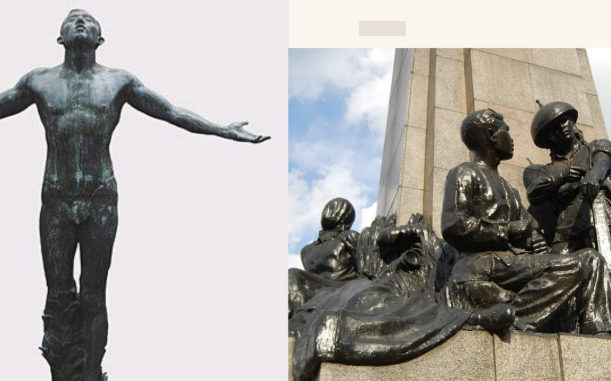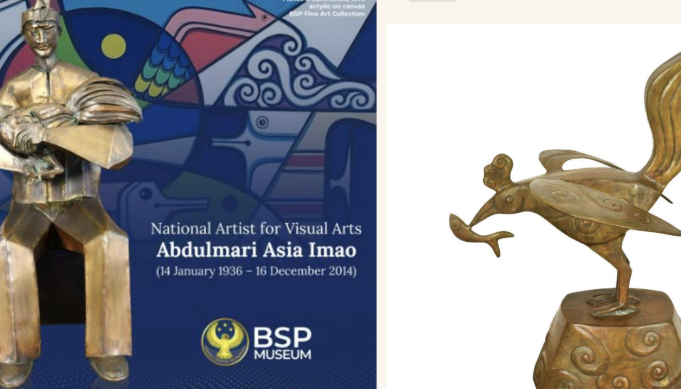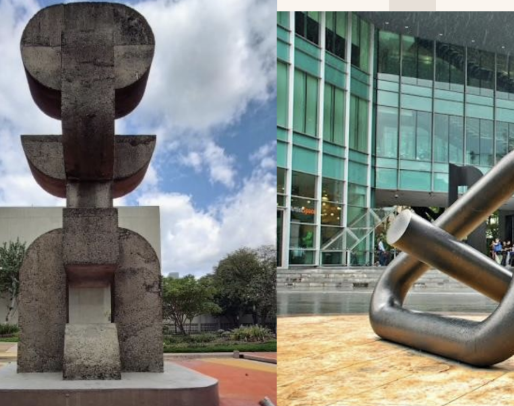ARTS - Sculpture
1/25
There's no tags or description
Looks like no tags are added yet.
Name | Mastery | Learn | Test | Matching | Spaced |
|---|
No study sessions yet.
26 Terms
Sculpere to carve
Sculpture originates from the Latin word meaning
Sculpture
referred to as plastic arts because of theshaping process or plasticity it involves.
Free Standing Sculpture
can be seen at all sides such as statues.
“Statue of Liberty”
Relief Sculpture
the sculpted image is still attached to the whole material.
“Venus of Laussel”
relevo
meaning to raise
Low Relief Bas Relief
The image is slightly raised above the plane. Shallow projection
High Relief Alto relief
image is raised one half or more of the material used Half of the sculpted surface is protruding
Sunken Relief Intaglio
material is hollowed to get the desired image. Found most exclusively in Egyptian Art
Stone
These are normally used for gravestone in cemeteries, in building houses and other establishments
Granite
Egyptian sculptors used granite in making the sculpture of their pharaohs
Marble
Some of the famous sculptures made of marble are the internationally famous Pieta, David and Dying Slave by Michelangelo.
Jade
It is widely used in Ancient China as an ornamental stone. People believed this material displays a quality of morally good.
Ivory
Its source is the main part of the elephant tusk. This is used in making billiard balls.
Gold and Silver
It is used to make pieces of jewelry.
Plaster
This medium is used for making manikins, models, molds, decorations and other indoor sculpture.
Clay
It is a soft material and is easy to create an artwork because of its plasticity. However, it is fragile.
CARVING
is removing the unwanted portion of the solid material to create artistic work
CASTING
is a process of melting materials and is poured into the mold with hollow cavity for the desired
MODELING
is a process of manipulating soft materials such as clay and wax with the use of artist’s hands or with the use of metal and wood for creating and shaping a three-dimensional form of arts
FABRICATION
is an additive process which employs joining or fastening such as nailing, stapling and welding.
Guillermo E. Tolentino
was proclaimed as National Artist for sculpture in 1973.
Napoleon Abueva
was known as the “Father of Modern Philippine Sculpture” and National Artist for Sculpture in 1976.

Isabelo Tampinco
was known for his wood carvings for churches, notably the San Ignacio church in Intramuros; Manila Cathedral’s facade; high relief on

Abdulmari Asia Imao
was designated as National Artist of the Philippines for Sculpture in 2006.
He was known for using the okir or okil (plant-based design), sarimanok ( sari means various or assorted; manok- chicken and naga ( a Sanskrit language- serpent) as motifs in his artworks.

Arturo Rogerio Luz
was known as printmaker, sculptor, painter and art administrator. He received the award “National Artist Award in 1997. He used hardwoods, marble, and metal for his creative works.